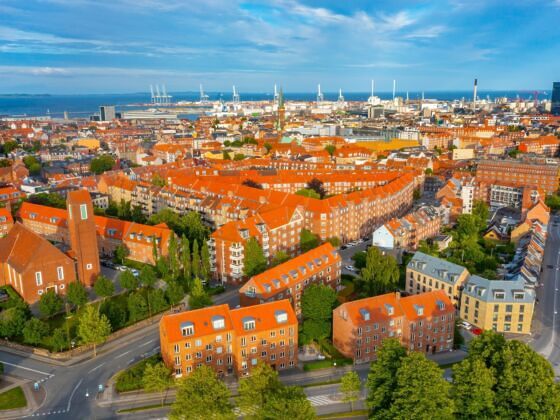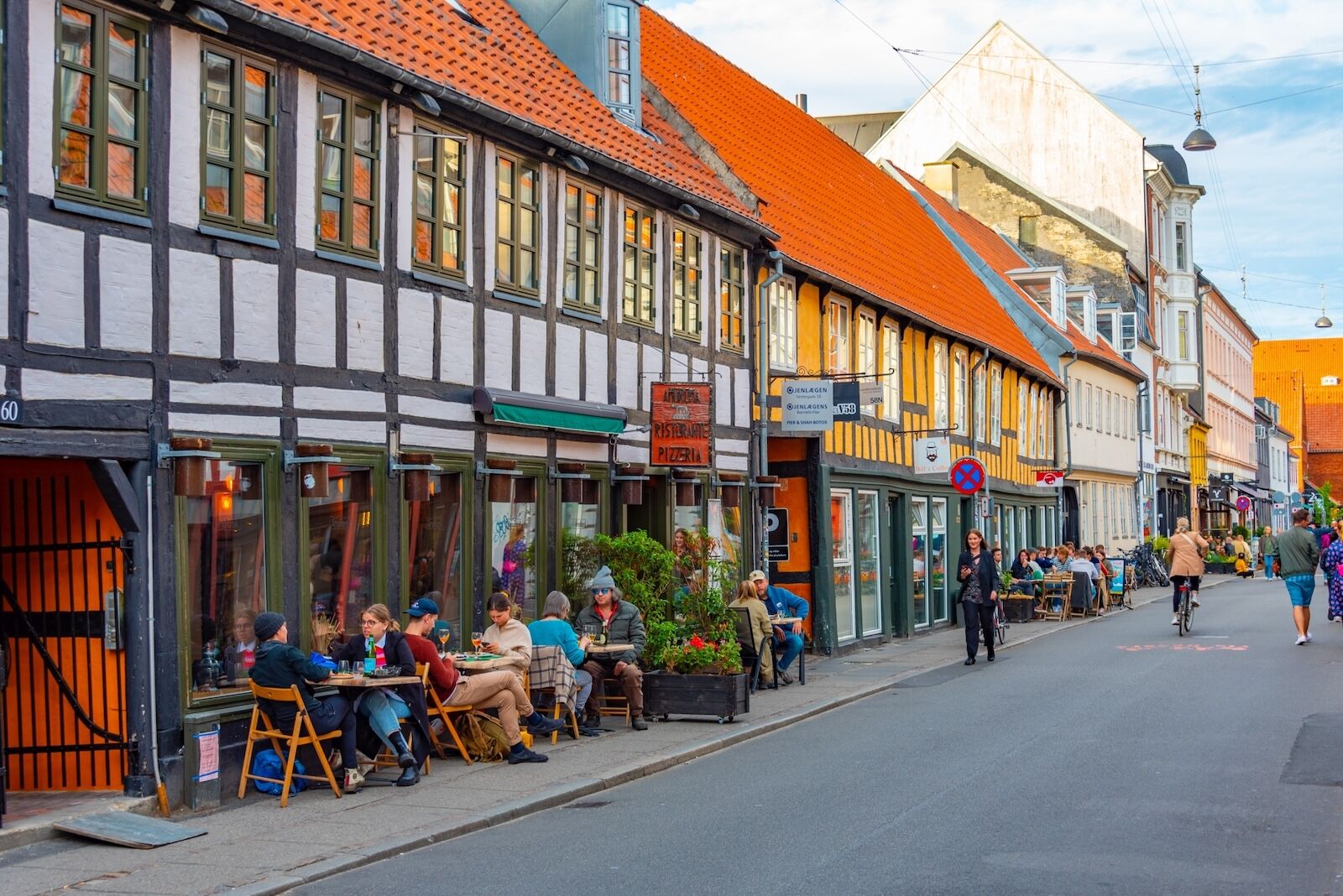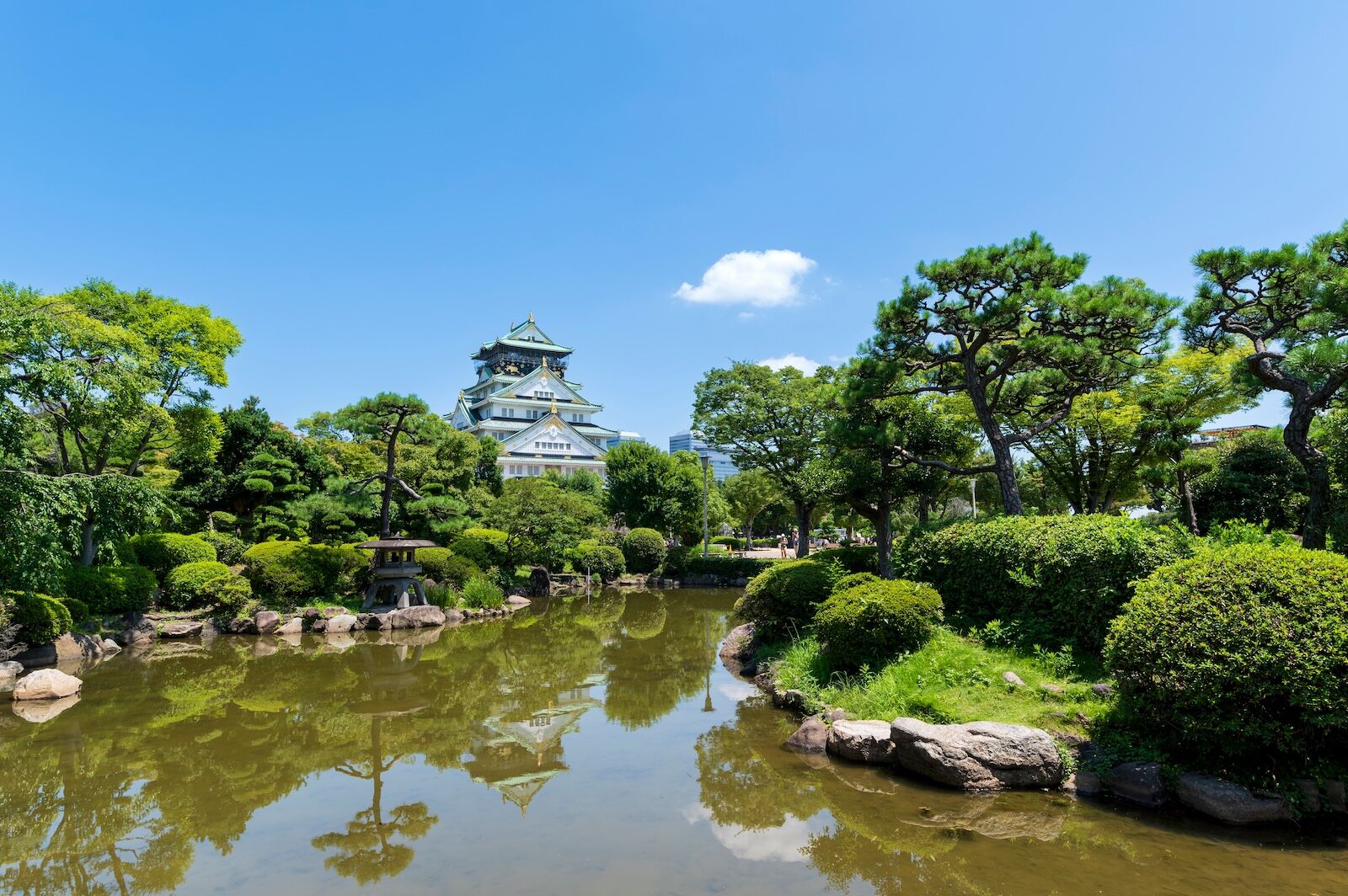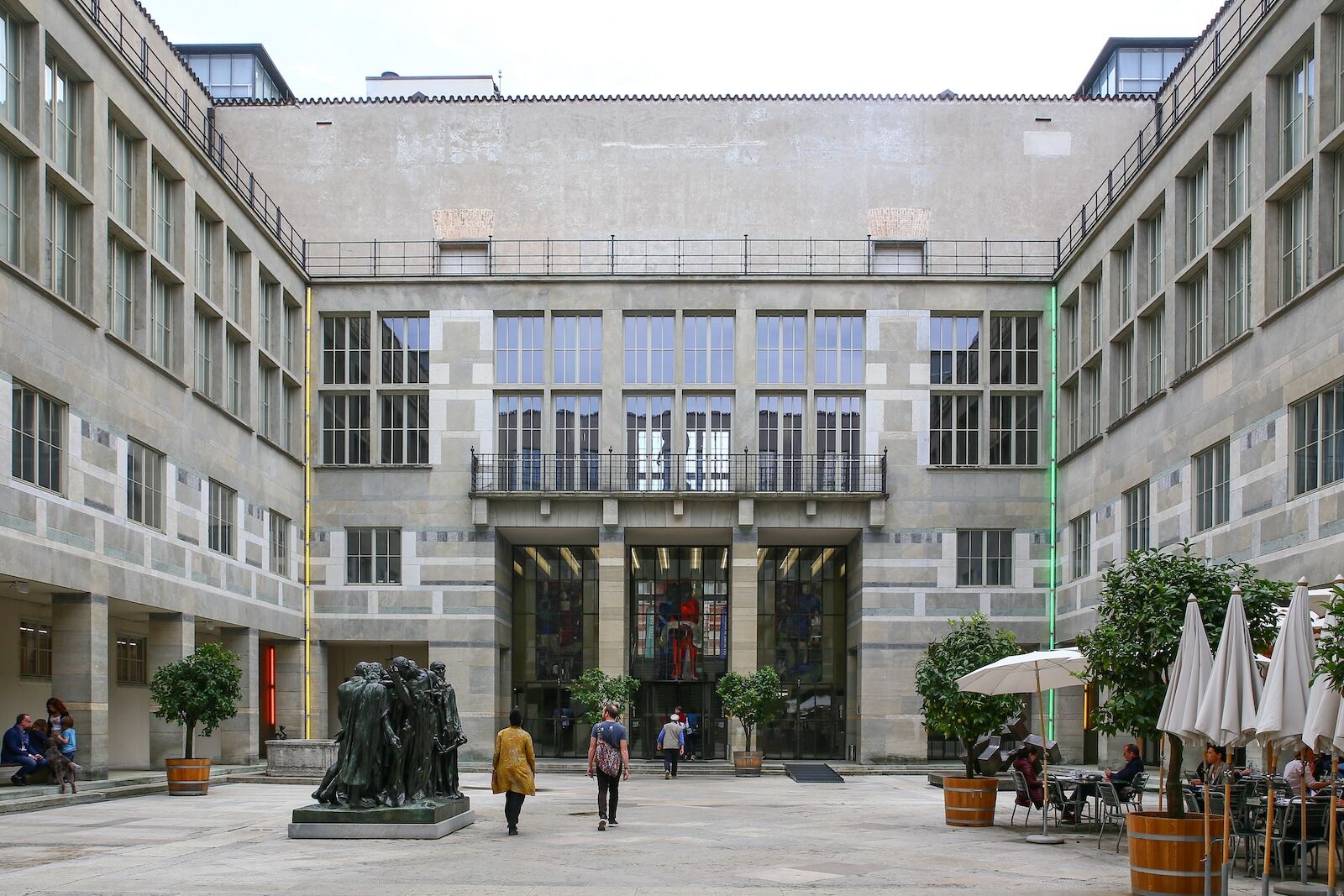The Institute for Quality of Life recently issued its latest Happy City Index, which breaks down the happiest cities in the world into three tiers – Gold, Silver, and Bronze. Only one US city made the list of the 250 happiest cities around the world. However, the real takeaway isn’t who fell short but what the “Gold” rated cities have in common. For starters, most are located in Europe – but it’s how the cities are designed and how they operate rather than their location that makes them ideal places to live and visit. These factors tie together the happiest cities in the world.


The Happiest Cities in the World All Have These 4 Things in Common
The city’s design values people over cars

Aarhus, Denmark, the happiest city in the world. Photo: trabantos/Shutterstock
The most notable thing the “Gold” rated cities have in common is density – rather than having a small urban core surrounded by never-ending suburban sprawl, expansive surface parking lots, and major highways splitting neighborhoods in half, cities like Aarhus and Amsterdam have large city centers in comparison to the total area of the metropolitan zone. Walkability is prioritized. Public transit is easy to access and extensively covers the city. Bike commuting is commonplace, because it’s often the easiest way to get around – especially in Copenhagen, Aarhus, Amsterdam, and the other European cities on the list.
Also common in the highest-rated cities in the study is mixed-use development. Mid- and high-rise buildings that combine residential, entertainment, and professional uses are the backbone of vibrant urban cores. Take Amsterdam – its urban core is lined with apartment flats above pubs and restaurants. It’s easier to arrive at those restaurants on foot or by bicycle than it is via car, because the roads are narrow and parking is scarce.
In short, nearly every “Gold” city prioritizes people over cars – they value good urbanism. This is important to making people happy because it means the cities are designed for people to be able to move around and engage with their surroundings. Cities that are walkable, bikeable, and have a mix of uses are not only better for people to live, work, and play in close proximity to each other, but they’re also better places to visit. If you were to plan a trip to my hometown of Denver, Colorado, you’d stay in Denver – not the suburb of Littleton, where I grew up.
Denver has a largely bikeable and walkable urban center that includes downtown as well as several surrounding neighborhoods. The light rail and bus system services most of these areas, but not all of it. But in a metro area of over 3 million people, only about ¼ of the residents live in the actual city of Denver. The vast majority live in suburbs and have to commute to the city to take advantage of office space, entertainment, and other urban amenities. Cities like Denver and other metros in the western US are notably absent from this list.
Urbanism creates a stronger sense of community. When people live in close proximity to each other and have opportunities to interact with each other, they are more likely to feel connected to their neighbors and to the city as a whole. This sense of community can lead to greater happiness and well-being.
Urban green spaces and access to nature are easy to come by

Osaka Castle in Osaka, Japan. Photo: iamlukyeee /Shutterstock
Sometimes, the best part of a city is how easy it is to get out of it. Or, at least to take a break within it. The top city on the list – the happiest in the world – is Aarhus, Denmark. Aarhus inhabits the Jutland Peninsula, an area renowned for a strong connection to nature. The city offers its residents and visitors easy access to Marselisborg Forest and stretches along the coast with ample hiking, biking, and even a bit of forest bathing.
One need not even leave the city to fell connected to nature. The Botanical Garden showcases a diverse collection of plants with walking trails and a chance to escape the grind right in the middle of town. Den Permanente is a “sea bath” and museum that features sculptures and installations that blend seamlessly with the natural surroundings – and plenty of space to relax and go for a swim. There are other beaches and access points to the water, a lot of parks and urban green spaces at strategic points throughout the city.
In this regard, Aarhus is not the exception. Brisbane, Vienna, Stockholm, Minneapolis – each of these cities offers easy access to the outdoors, typically without requiring much of a drive to get there.
Museums and cultural sights are aplenty

Kunstmuseum in Basel, Switzerland. Photo: lauravr/Shutterstock
Feeling connected to a place requires understanding its place in the world. The happiest cities index is, from a cultural lens, a rundown of cities with incredible museums and plenty of chances to engage with the city’s history. Basel, Switzerland, which placed 19th on the list, is certainly not alone in being a cultural hub. The Kunstmuseum Basel houses an extensive collection of European art, while the Museum Tinguely showcases kinetic sculptures by Jean Tinguely. The Museum der Kulturen Basel offers insights into different cultures, while the Antikenmuseum Basel focuses on ancient artifacts. The Swiss Architecture Museum explores the history and development of Swiss architecture. A visitor could spend weeks just exploring the city’s cultural sights – a perk that certainly makes for an engaged population and visitor base.
It’s easy to eat your way around the globe, without traveling to do so

Photo: Marc Bruxelle /Shutterstock
Of course, it’s hard to be happy when you’re hangry. People need to eat. The culinary story of each city on the Happy City Index is unique, but each isn’t confined to one taste or cuisine. Rather, you can eat your way around the world. Ottawa, Canada – 37th on the list – isn’t widely known as a “foodie” city. But spend time there and it’s easy to be convinced that it is. There’s Canadian classics like poutine and maple syrup-glazed salmon. Ottawa offers several Michelin-starred restaurants. The city’s food truck scene covers the globe and covers the city’s trendy breweries and hangout spots, and the ByWard Market showcases locally grown produce and fare.